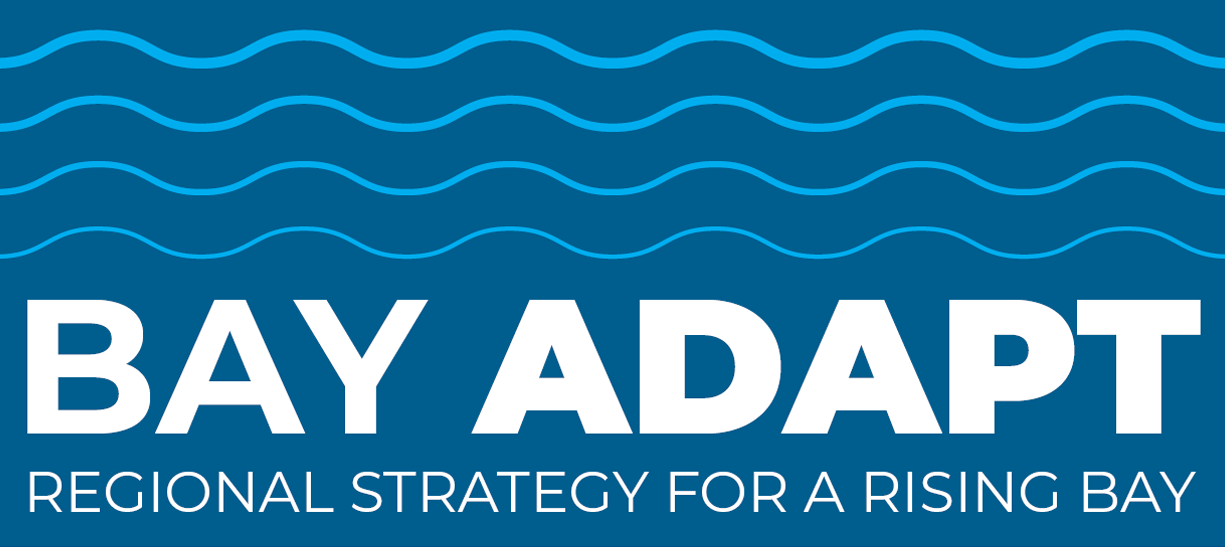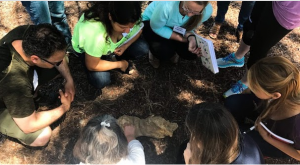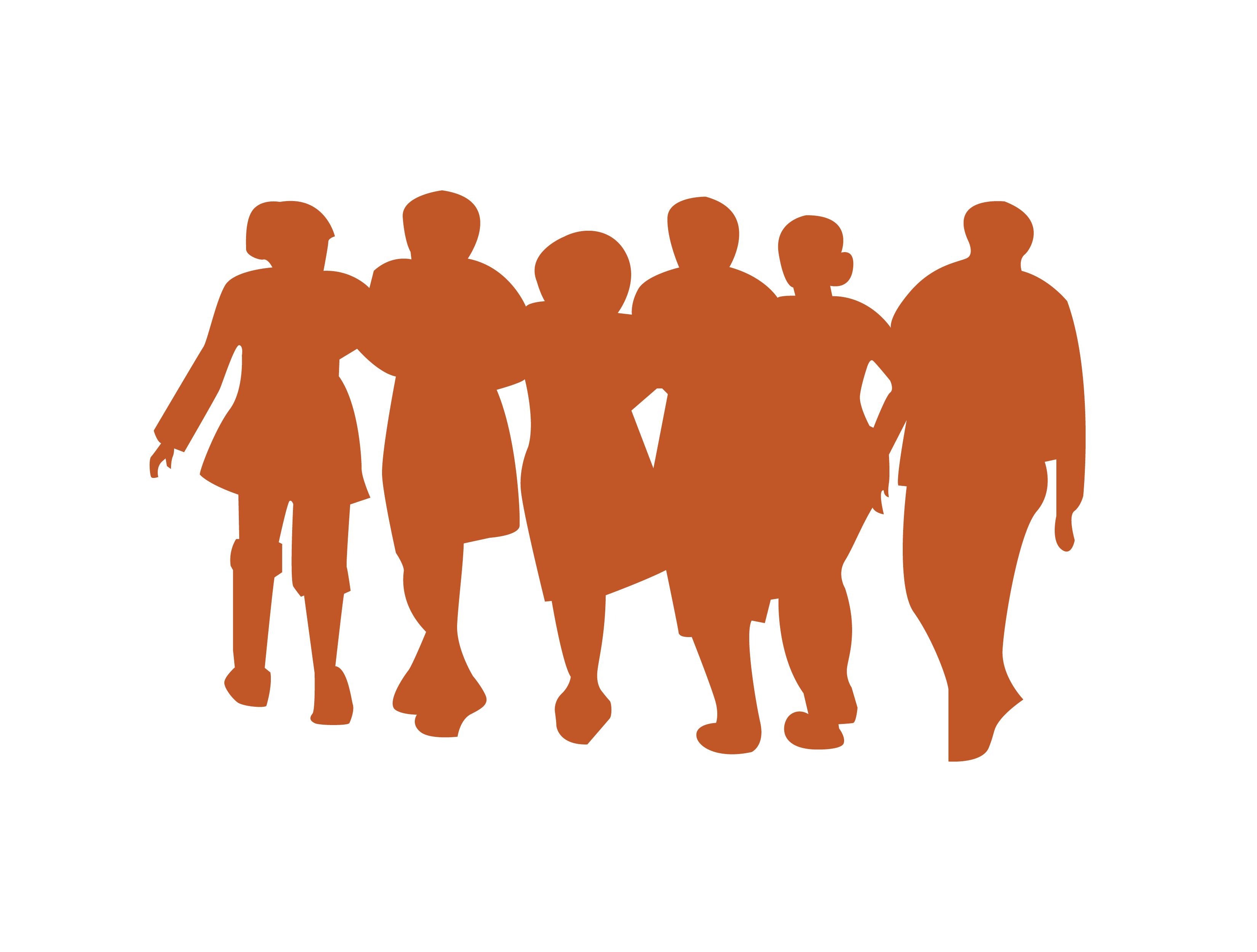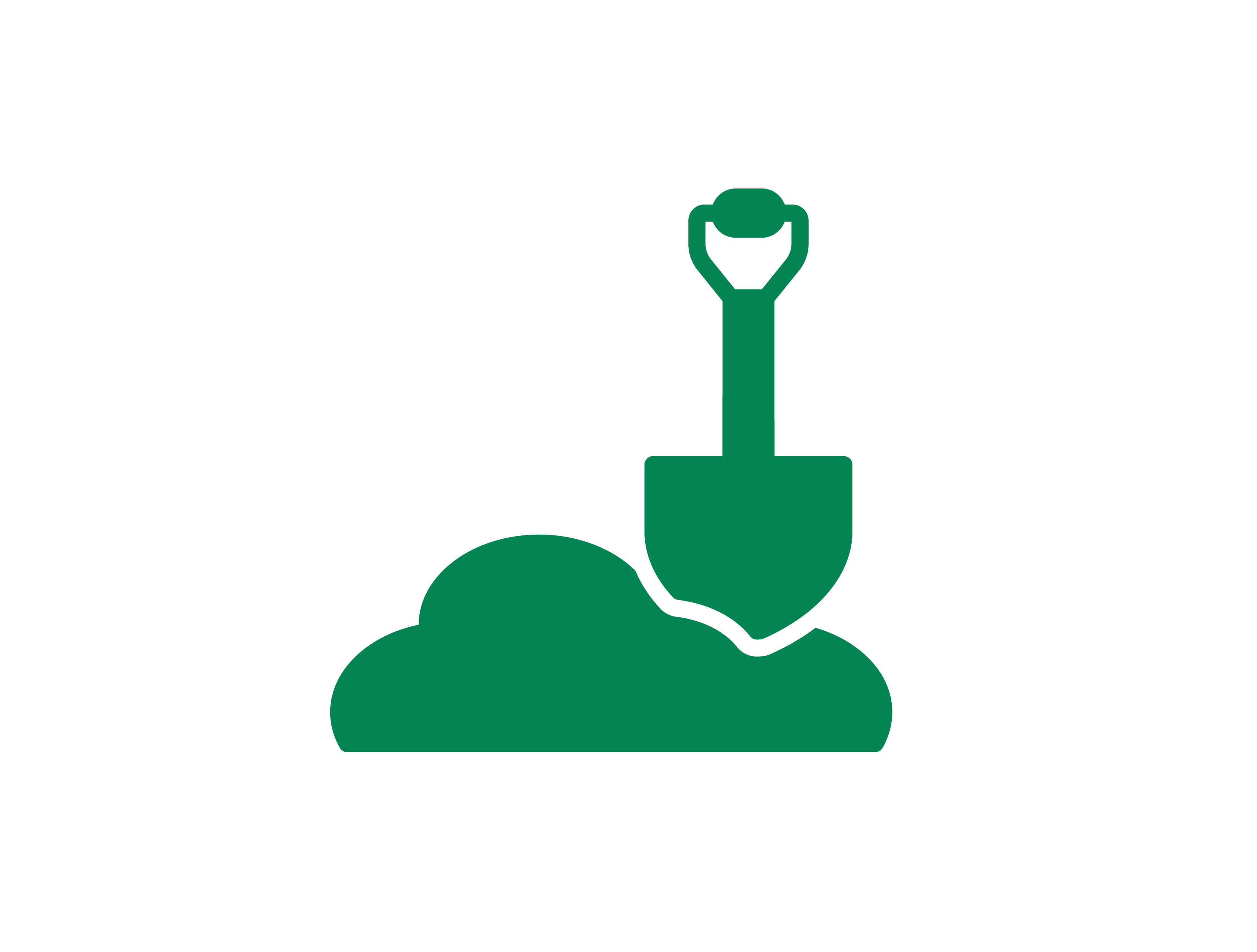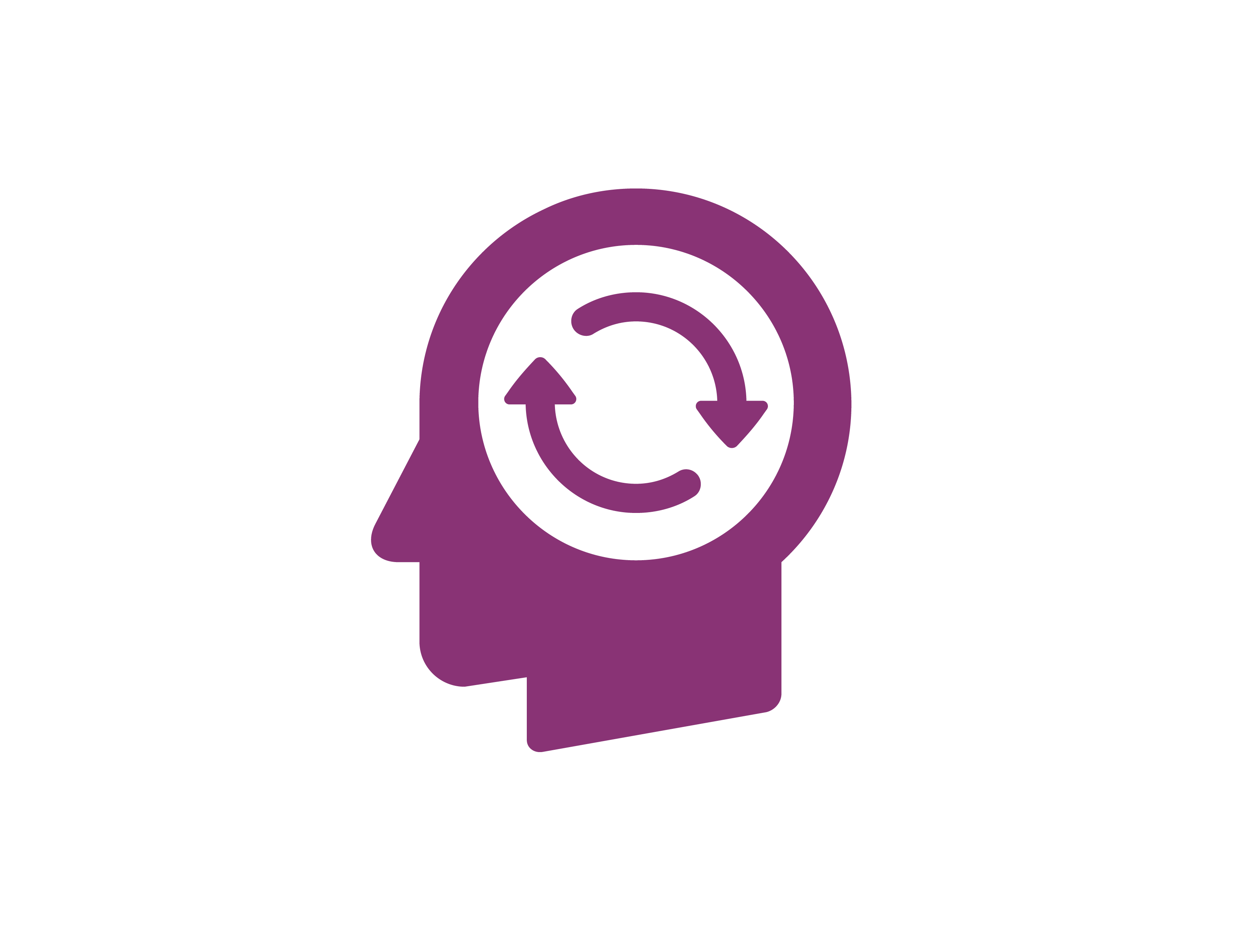
INFORMATION
Cities, landowners, residents and students all need to understand how the latest science on sea level rise applies to their lives and decisions.
Understanding risks, consequences, options, and tradeoffs enables everyone to be part of the solution. We also need ways to share our stories, struggles, and successes as we confront climate change and learn to adapt. Stories of individual and shared experiences of change are the foundation of future action. But where do we find and keep up with the latest science and these evolving stories? And how do we share the best of them?
Explore Actions and Tasks
- ACTION 3: Broaden public understanding of climate change science and impacts.
- Task 3.1: Tell local and regional stories about people and places adapting to climate change.
- Task 3.2: Weave climate adaptation literacy into school programs.
- ACTION 4: Base plans and projects on the best science, data, and knowledge.
- Task 4.1: Align research and monitoring with information gaps.
- Task 4.2: Make scientific data, information, and guidance easier to access and use.
- Task 4.3: Increase access to technical consultants for local adaptation partners.

ACTION 3: Broaden public understanding of climate change science and impacts.
Goals:
- Increased climate literacy in the region’s general public.
- Communities and youth who are better prepared to plan and implement adaptation solutions.
- More value placed on community history and first-hand experience.
TASK 3.1: Tell local and regional stories about people and places adapting to climate change.
Launch a sustained storytelling campaign to amplify awareness of climate change, sea level rise impacts, and Bay health in the Bay Area. Listen and learn from residents’ direct experiences and empower them to advance their own solutions for climate adaptation. Encourage youth, neighborhoods, and frontline communities to shape and share their own stories. Base stories on local successes and hopeful narratives about what makes the Bay Area special, including the Bay’s unique natural ecosystems and culture of environmental and social activism. Allow communities to share their stories of concern, risk, needs, and loss in order to center these narratives and base future adaptation planning on mitigating these challenges. Share stories widely, and make them available on diverse platforms – newspapers, radio, television, social media, neighborhood news apps, and the web. Use these stories to train local government staff about the communities they serve and increase trust between communities and local staff (coordinated with the trainings outlined in Task 2.1).
See Task 3.1 in the Draft Implementation Brief for details and ideas for advancing the Joint Platform actions.
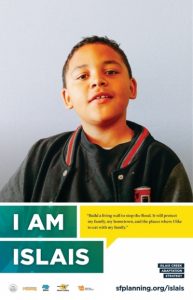 As part of the Islais Creek Adaptation Strategy, the San Francisco Planning Department developed a magazine, I Am Islais, that provided a platform for residents and stakeholders to speak about sea level rise in the neighborhood and how it would affect their lives. Platforms like these allow residents to have their voices heard.
As part of the Islais Creek Adaptation Strategy, the San Francisco Planning Department developed a magazine, I Am Islais, that provided a platform for residents and stakeholders to speak about sea level rise in the neighborhood and how it would affect their lives. Platforms like these allow residents to have their voices heard.
TASK 3.2: Weave climate adaptation literacy into school programs.
Support partnerships between public and private schools and community-based organizations (especially those led by youth and frontline community members) to educate students about the health and future of the Bay and ways to adapt to climate change. Share adaptation visions, solutions, and local pilot projects showcasing innovation with teachers, students, school districts and parent associations. Support schools so they can get more involved as partners in educating their local communities about rising sea levels and as leaders in elevating the importance of climate action and adaptation. Help schools offer both climate-literate curricula and career pipeline opportunities based in diversity and inclusivity. Consider partnerships with local employers to connect training with local jobs. Provide our future decision-makers and workforce with the knowledge and experience to tackle climate problems with equitable and innovative solutions.
See Task 3.2 in the Draft Implementation Brief for details and ideas for advancing the Joint Platform actions.
The Mycelium Youth Network partnered with The Exploratorium and BCDC to engage local youth in the science, political issues, and civic processes involved in responding to climate change and its impacts on infrastructure and people. The collaboration produced Water Is Life, a program that offered an in-depth analysis of water justice issues with a specific focus on sea level rise and how it will impact the entire Bay Area. The program reached 150 students at several Title I schools around the Bay Area, including Leadership High School and Mission High School in San Francisco, and Elmhurst United Middle School in Oakland. Learn More Here.
The San Mateo County Environmental Literacy and Sustainability Initiative works with school districts, community-based environmental literacy partners, educators, and youth to actively integrate environmental sustainability into school communities, classrooms, and programs. Learn More Here.
Action 3 Benefits

EQUITY
Empowers frontline community members by increasing awareness of climate risks, sharing stories about their own communities, and engaging youth in schools.
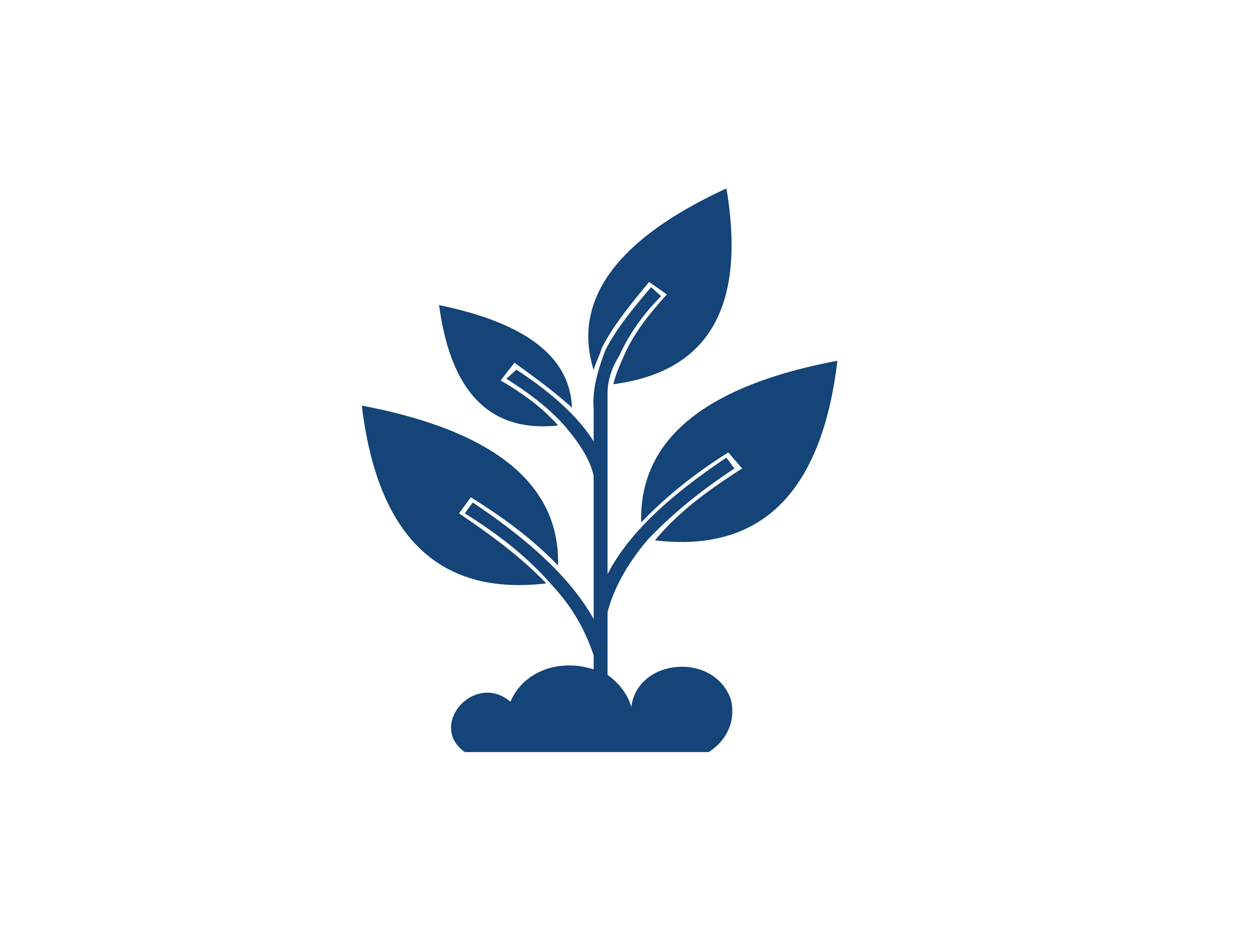
ENVIRONMENT
Raises awareness of the health and future of the Bay and its resources and the value of natural and nature-based solutions in addressing rising sea levels.

ECONOMY
Reduces likelihood of economic damage by flooding by building public support for adaptation measures; prepares youth to enter climate resilience careers.

ACTION 4: Base plans and projects on the best science, data, and knowledge.
Goals:
- Data and research tailored to the region’s specific needs.
- Accessible science, analysis, and monitoring information.
- User-friendly technical support.
TASK 4.1: Align research and monitoring with information gaps.
Partner with academics, scientists, and communities to fill information gaps through original research, data collection, analysis, and monitoring. Tailor the interpretation of science to the audience or user, ranging from the general public to academics. Curate and archive information for use and updates across decades. Align with similar statewide initiatives but ensure data is tailored to the Bay Area.
From a technical perspective, identified information needs include:
- Enhanced regional flood modeling related to multiple hazards (such as groundwater, watershed, riverine/tidal, subsidence, erosion).
- Expanded networks of water elevation monitoring stations for real-time updates to the rate and timing of sea level rise in the Bay.
- Expanded open data initiatives to facilitate sharing.
Standard operating procedures for validating and nominating data for common use. - More research on the cost and suitability of adaptation strategies for different Bay conditions.
Identification of potential wetland migration pathways. - Tracking, sharing, and integrating data from various sectors to spotlight opportunities to reuse sediment.
Research on the equitable distribution of burdens and benefits of adaptation. - More explicit research on the impacts and consequences of contaminated sites as they intersect with flooding and/or rising groundwater and strategies for mitigating these impacts.
Solicit and value local knowledge from residents, particularly in frontline communities, and use it to inform research needs and priorities and to confirm and validate academic research. Prioritize co-production of data and tools with communities through community-based asset mapping and storytelling or participatory science to form a more complete data picture.
See Task 4.1 in the Draft Implementation Brief for details and ideas for advancing the Joint Platform actions.
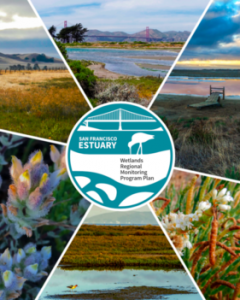 Created in 2000, the California Ocean Science Trust recognizes the value of independent science and the opportunity to better connect the wealth of scientific expertise in academia with policy and management decisions in the state. The Ocean Science Trust seeks and provides funding for ocean resource science projects and encourages coordinated, multi-agency, multi-institution approaches to ocean resource science. It can serve as a model for how to connect real-world planning and policy needs with scientific and academic research but be adapted for the unique needs and constraints of the Bay Area. Learn More Here.
Created in 2000, the California Ocean Science Trust recognizes the value of independent science and the opportunity to better connect the wealth of scientific expertise in academia with policy and management decisions in the state. The Ocean Science Trust seeks and provides funding for ocean resource science projects and encourages coordinated, multi-agency, multi-institution approaches to ocean resource science. It can serve as a model for how to connect real-world planning and policy needs with scientific and academic research but be adapted for the unique needs and constraints of the Bay Area. Learn More Here.
The Wetlands Regional Monitoring Program (WRMP) is convening stakeholders from a broad range of backgrounds and expertise to develop a regional monitoring program for wetlands in the Bay Area. The program aims to use wetland habitat data to improve the efficiency of permitting and monitoring wetland restoration projects and to evaluate the condition of the tidal marsh ecosystem at a regional scale. Learn More Here.
TASK 4.2: Make scientific data, information, and guidance easier to access and use
Help users creating adaptation plans and projects understand where, when, and how to use climate science and planning tools. Facilitate widespread access to, and understanding of, technical information and guidance. Improve and ease access to the most relevant information.
Establish or support an independent Climate Science Consortium that provides high-quality science translation tailored to the Bay Area’s needs and fed by the research outlined in Task 4.1.
Also offer a separate technical assistance “storefront” to support plans and projects that provides users:
- Standardized, up-to-date scientific data, such as common flood models and sea level rise projections, as created by the Climate Science Consortium.
- Best available science white papers on specific issues, as curated or developed by the Climate Science Consortium.
Individualized consultations via a professional help desk network. - How-to guidance on the steps of assessing vulnerability and developing adaptation plans.
Adaptation plan and project examples and case studies. - Tools for evaluating adaptation options.
- Funding and financing assistance.
- Lecture series, conferences, trainings, working groups, and/or workshops.
- Access to a technical consultant bench (Task 4.3).
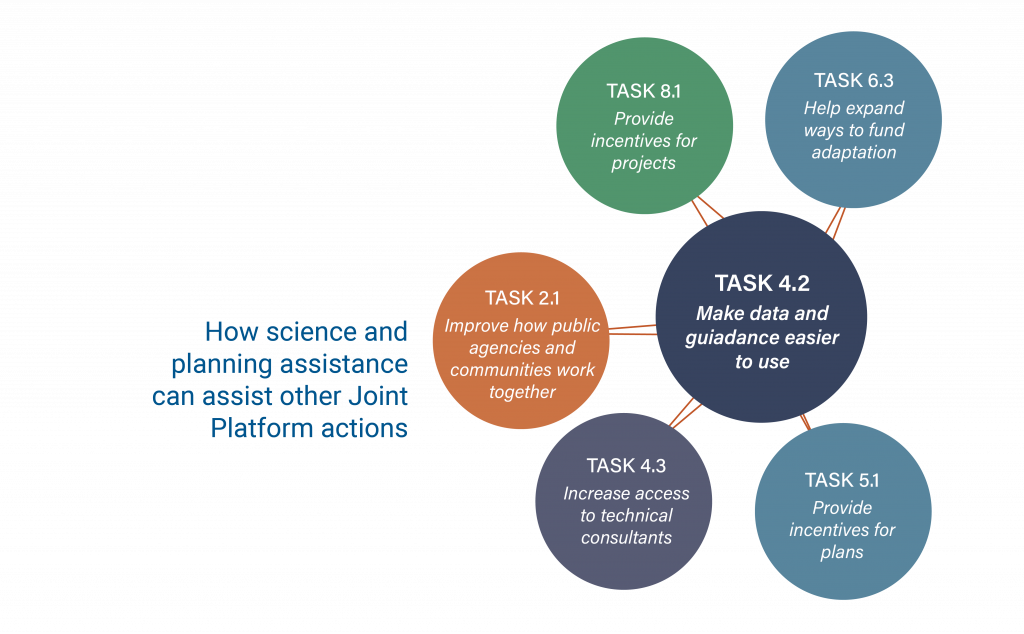
Task 4.2 is a foundational task that connects to many other tasks in the Joint Platform.
See Task 4.2 in the Draft Implementation Brief for details and ideas for advancing the Joint Platform actions.
TASK 4.3: Increase access to technical consultants for local adaptation partners.
Establish a region-wide consultant bench that cities, counties, and others can tap for technical services. Use regional planning and project guidelines (Task 1.1) to articulate common technical needs in region-wide RFPs for consultants to serve on the bench. Also use guidelines to guide evaluation of proposals from potential consultants. Contract with consultants to be “on call” for cities and counties, as needed. Simplify and manage contracting processes for users when accessing a consultant. Vet consultant-led goods and services to ensure they align with the region’s vision and objectives.
See Task 4.3 in the Draft Implementation Brief for details and ideas for advancing the Joint Platform actions.
Action 4 Benefits

EQUITY
Elevates local knowledge and needs in the development of data to inform decision-making and ensures data transparency and accessibility to communities.

ENVIRONMENT
Improves guidance, data, and feedback on projects that preserve and enhance habitats and on natural and nature-based solutions to increase implementation of these projects.

ECONOMY
Increases information and better planning and project processes to expedite shoreline protection projects.
